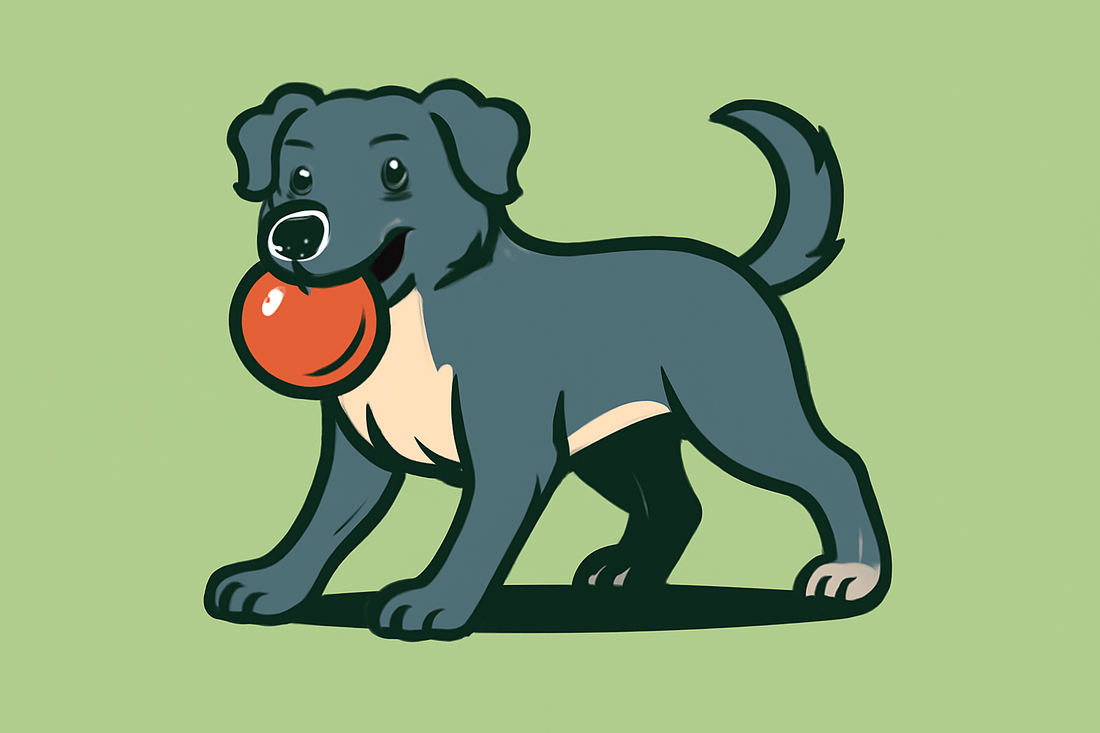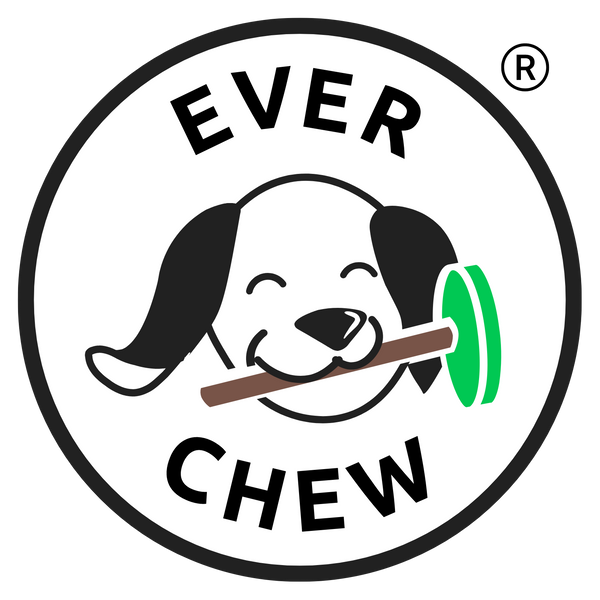Mixed Breeds (all sizes): A Guide to Chewing Bully Sticks

by Kirby Kendall (Inventor of EverChew)
Mixed breed dogs represent one of the most diverse and unpredictable categories in the canine world. These wonderful shelter and rescue companions can display any combination of skull shapes, jaw mechanics, and chewing behaviors inherited from their genetic mix. Unlike purebred dogs with predictable traits, mixed breeds require careful observation to determine their individual chewing needs.
Unpredictable Jaw Mechanics and Bite Force
Mixed breed dogs can exhibit skull shapes ranging from the flat-faced brachycephalic design (like Bulldogs and Pugs) to the long-nosed dolichocephalic structure (like Greyhounds and Collies), or the balanced mesocephalic form (like Labrador Retrievers). This skull variety directly impacts bite force, which can range anywhere from 150–250 PSI (pounds per square inch). For comparison, the average human bite force is only about 120–140 PSI, so even moderate mixed breeds pack considerably more jaw power than we do.
The unpredictability extends to dental alignment as well. Some mixes inherit crowded teeth from flat-faced ancestry, while others may have the well-spaced teeth of longer-muzzled breeds. This variation makes it impossible to predict specific dental vulnerabilities without individual assessment.
In Short—Which EverChew Holder?
For most mixed breed dogs weighing 15–45 pounds, start with the
Medium EverChew Plus holder. This
green elastomer holder provides the ideal balance of durability and flexibility needed to accommodate unknown genetic variables. Upgrade to the
black SuperChew if your dog destroys toys regularly, or downsize to the
Small Dog holder for dogs under 15 pounds.
Understanding Bully Stick Benefits and Why Holders Are Essential
Mixed breed dogs are natural chewers, and this behavior serves multiple important purposes: dental health maintenance, mental stimulation, stress relief, and jaw muscle exercise. Bully sticks are pure protein treats (similar to beef jerky) that provide an ideal chewing texture—firm enough to clean teeth effectively but soft enough to avoid tooth damage. As dogs chew, the bully stick acts like a natural toothbrush, scraping away plaque and tartar buildup.
However, once any bully stick is chewed down to a small stub (typically 2–3 inches), dogs can potentially swallow these pieces whole. While many stubs pass through safely, some can lodge in the throat or digestive tract, creating choking hazards or intestinal blockages that require emergency veterinary intervention. This risk is particularly concerning with mixed breeds because their unknown genetics make it impossible to predict swallowing behavior.
Life Stage Considerations
Puppy Phase (2–8 months): Mixed breed puppies experience intense chewing during teething, typically peaking between 3–7 months as adult teeth emerge. During this period, they're actively seeking relief from teething discomfort while exploring their world through their mouths.
Adult Phase (8+ months): Most destructive chewing behaviors settle around 8–12 months, but adult mixed breeds continue chewing throughout their lives. Chewing intensity and style will reflect their dominant genetic heritage—retriever mixes often prefer long, methodical chewing sessions, while terrier crosses may favor intense bursts of chewing activity.
Selection Guidelines
Choose the Small Dog holder if your mixed breed:
- Weighs under 15 pounds
- Shows gentle or moderate chewing behavior
- Has a small or delicate mouth structure
Choose the Medium EverChew Plus if your mixed breed:
- Weighs 15–45 pounds
- Demonstrates average to enthusiastic chewing
- Shows no destructive tendencies with other toys
Consider the Large SuperChew if your mixed breed:
- Weighs 45+ pounds
- Destroys other chew toys quickly
- Shows aggressive or power-chewing behavior



